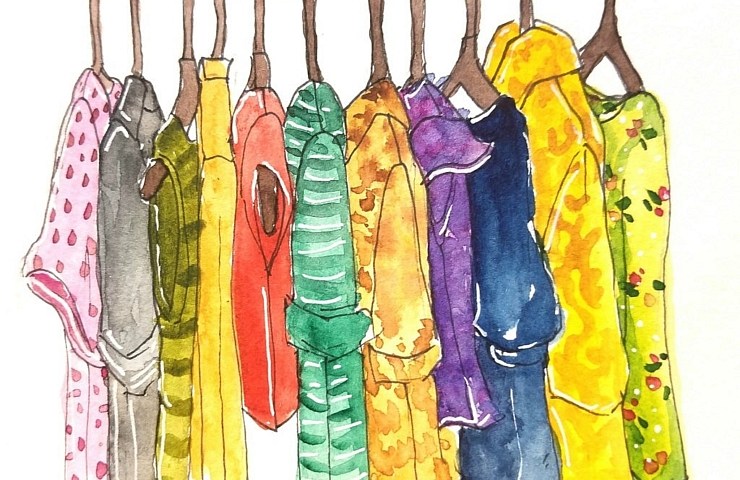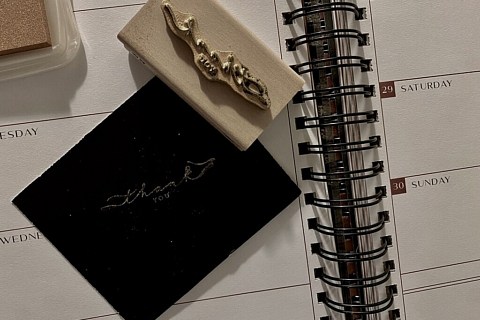“Thrifting”
To be brief, there is a clearly defined case for buying second hand, especially clothing. I don’t plan on doing an exposition on the fast fashion industry. In short, buying a lot of cheap new things is not good for the environment (nor is it good for us). Clothing, which is usually something we replace often and is frequently bought, creates a huge amount of waste along with a slew of other issues. In relation to this, it’s become popular to go to second hand stores and buy used clothing.
Known as thrifting, several people are choosing to purchase things that are used because they are trying to conserve resources. The low prices, or even just like the look of vintage items is also appealing. Two years ago I decided that I would buy only a few select things that were new, while the rest would be second hand. Over those two years I’ve learned that shopping in thrift stores comes with an entirely different set of rules than shopping at the mall, and that there are a few things that can make it significantly easier.
Instead of going to a lot of different stores, find one in a high-income neighborhood and then visit it frequently.
Different stores have different restocking and sale days, which can be observed over a period of time. Asking employees sometimes works, but a lot of times they don’t know for sure. I recommend showing up on different days and times, and try to see when there is the largest selection available, or when a specific sale is going on. Also, looking for one in a high-income neighborhood usually means higher quality donations, and can include new or designer clothing.
Have an idea of what you’re looking for, but don’t stick to your size.
Don’t just go in and look for whatever looks cute or fits. You’ll end up walking out with a huge amount of stuff. Knowing what you’re looking for, even if it’s as vague as a color or a type of top can save you a lot of time instead of having to look through everything that is there.
That said, it’s not always best to just look through your size section. Vintage clothing and clothing from different brands have a huge variation in sizing. There’s not really any regulation within the industry to make sure that it’s the same across the board. Just because you may know the size of what you buy recently, doesn’t mean that you know your vintage sizing. Vintage sizing is generally much smaller and uses different measurements. It’s really important to try things on and not just grab things because you think that they are in your size, because it may not fall the way you imagine it will.
If you can, buy vintage.
Never buy from brands that are common today, such as Target. Buying things that are vintage (made before the 90s) usually means they are better quality and will last much longer. Looking at the tag design, as well as where the item is made is a good way to tell . Most things in thrift stores are one price. This means it won’t benefit you to pay for something that is cheaply made when you can pay the same amount for something well made.
Excluded from this is vintage shoes, which I’ll talk about in a later essay. Included in this tip involves designer clothing, which show up often at thrift stores. Check the seams to find out if something is quality made. If you pull slightly on the seam they should stay tight and not pull apart. Sheer fabric that is not lined is another indicator the item won’t last very long and will probably pill after a few washes. Just a quick check goes a long way in how lost something will last.
Be patient.
It’s not going to be as easy finding an item that you like. Nothing is quite the same and items are usually completely mixed together. While it can be fun to find something special and unique, you might not walk out with something every single time you go to the thrift store. Going frequently and spending some time carefully looking through things is crucial. You’ll end up saving time over all just by shopping less and more consciously. Taking the time to find things that you really like, will last long, and fit well decreases the amount of shopping trips you’ll need to take to dress yourself.
Compared to buying “fast fashion,” shopping second hand is definitely a challenge . But, it can be rewarding in different ways as well. Most of the time the money you spend goes to charities instead of huge companies, and you can get a lot for much less. The best thing to do is obviously enjoy yourself. Know you’re making a conscious effort to help both yourself and the world around you.





Recent Comments